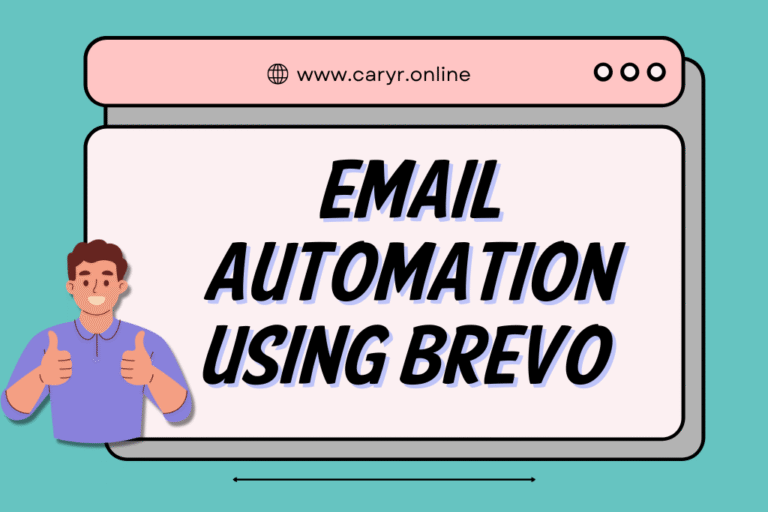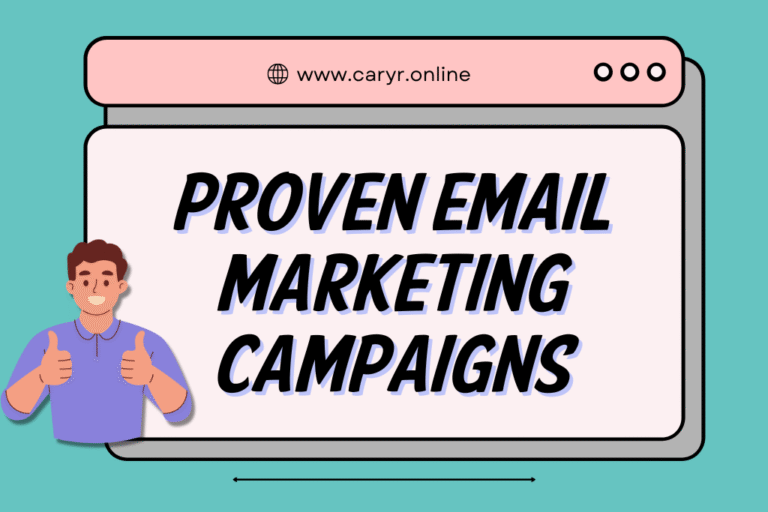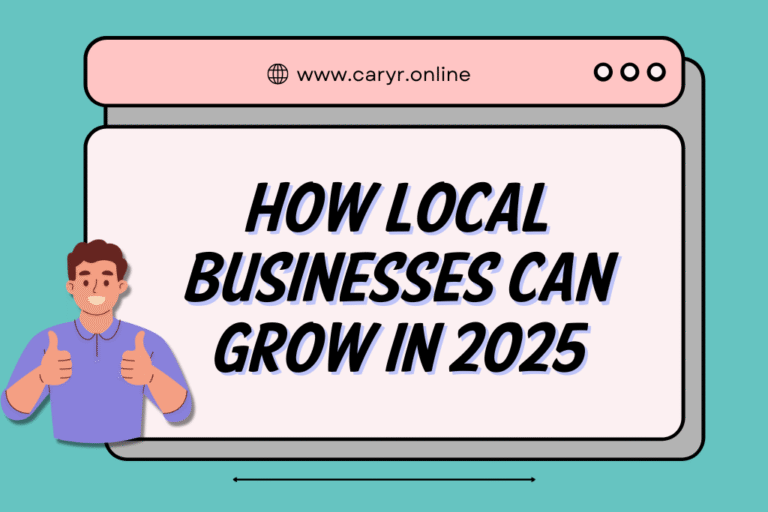What Is Email Marketing? A Beginner’s Guide to Building Your First Campaign
Email marketing is more than just sending newsletters. It’s a powerful, direct channel that allows you to communicate with your audience in a highly personalized way. Whether you’re launching a product, nurturing leads, or simply keeping in touch with loyal customers, email marketing is a proven method that delivers exceptional ROI.
For beginners, email marketing might seem overwhelming—but it doesn’t have to be. This guide will walk you through every step of creating your first campaign, from understanding what email marketing is, to sending your first email and measuring the results. Let’s dive in.
Introduction to Email Marketing
Understanding the Basics
At its core, email marketing is the practice of sending emails to a group of people (your subscribers) with the purpose of promoting products, sharing updates, or building relationships. It can be as simple as a weekly newsletter or as complex as a fully automated series of emails triggered by user behavior.
Unlike social media, where algorithms can limit your reach, emails go directly to your subscriber’s inbox. This gives you much more control over your communication and engagement. The only gatekeepers are spam filters, which you can avoid by following best practices.
There are different types of emails you might send, including:
- Welcome emails for new subscribers
- Promotional emails for offers and discounts
- Informational newsletters
- Transactional emails (like order confirmations)
- Re-engagement campaigns
The real beauty of email marketing lies in its flexibility and adaptability to almost any industry or goal.
Why Email Marketing Still Matters in 2025
You might think that with the rise of social media, email has become obsolete. Think again. Email marketing continues to outperform other channels in terms of ROI. According to recent studies, every $1 spent on email marketing generates approximately $36 in return. That’s unbeatable.
In 2025, email is still a personal, non-intrusive way to reach your audience. People check their email daily—often multiple times. It’s ingrained into daily routines, both for business and personal use.
Plus, with advances in automation and AI, emails can now be tailored more precisely than ever before. From personalized subject lines to behavior-triggered content, email marketing has evolved into a smart and efficient tool that’s here to stay.
How Email Marketing Works
The Mechanism Behind Email Campaigns
At a glance, email marketing might look like a simple “send and wait” strategy. But behind the scenes, it involves a lot more. Here’s a quick breakdown of how it typically works:
- Email List: The backbone of your campaign. These are the people who have opted in to hear from you.
- Email Platform: You’ll need software to send emails in bulk, track open rates, manage subscribers, and automate sequences.
- Content Creation: Your emails need to be engaging, relevant, and designed to prompt action.
- Segmentation: Grouping your audience based on interests, demographics, or behaviors for more targeted campaigns.
- Sending & Scheduling: Timing is crucial—send at the right moment for maximum engagement.
- Monitoring & Analytics: Once sent, monitor performance to improve future efforts.
Each of these steps feeds into the next. When done well, the process feels seamless to the recipient but is strategic and data-driven from your side.
Key Terms Every Beginner Should Know
When starting out, the terminology alone can feel like learning a new language. Here are a few essential terms to understand:
- Open Rate: The percentage of recipients who open your email.
- CTR (Click-Through Rate): The percentage who clicked a link inside your email.
- Conversion Rate: How many recipients took your desired action (buying, signing up, etc.).
- Bounce Rate: The percentage of emails that couldn’t be delivered.
- Unsubscribe Rate: How many people opted out of your list after receiving your email.
- Spam Complaint Rate: When users report your email as spam—a big no-no.
Getting familiar with these will help you understand the performance of your campaigns and where improvements are needed.
Benefits of Email Marketing
Cost-Effectiveness
Email marketing is one of the most budget-friendly marketing methods out there. You don’t need a huge budget to start. Most platforms offer free plans for smaller lists, and even premium tools are relatively inexpensive compared to other forms of digital advertising.
There are no printing costs, postage fees, or expensive ad space. Plus, the ability to reach thousands—or even millions—of subscribers with a single click maximizes your cost-to-value ratio.
Direct Communication with Audience
Email provides direct access to your audience’s inbox—a sacred space in the digital world. Unlike social platforms, where your posts can be buried in an endless feed, emails are more likely to be seen, opened, and read.
With proper segmentation and personalization, your emails can feel like one-on-one conversations. This helps build trust, foster loyalty, and improve engagement over time.
Personalization and Automation Opportunities
Thanks to modern tools, email marketing is now a dynamic experience. You can personalize emails using the recipient’s name, purchase history, location, and behavior. Automation allows you to send the right message at the right time without manual intervention.
Imagine someone adds a product to their cart but doesn’t check out. You can automatically send a reminder email with a discount. That’s not just smart marketing—that’s efficiency.
Types of Email Marketing Campaigns
Welcome Emails
These are your first impressions, and they count. When someone signs up for your email list, they expect a warm, friendly greeting. Welcome emails typically have high open rates because they are anticipated.
A good welcome email should:
- Thank the subscriber
- Set expectations (what kind of emails they’ll receive and how often)
- Deliver any promised lead magnet (like a freebie or discount)
- Include a strong call-to-action (like visiting your website or following on social media)








One Comment